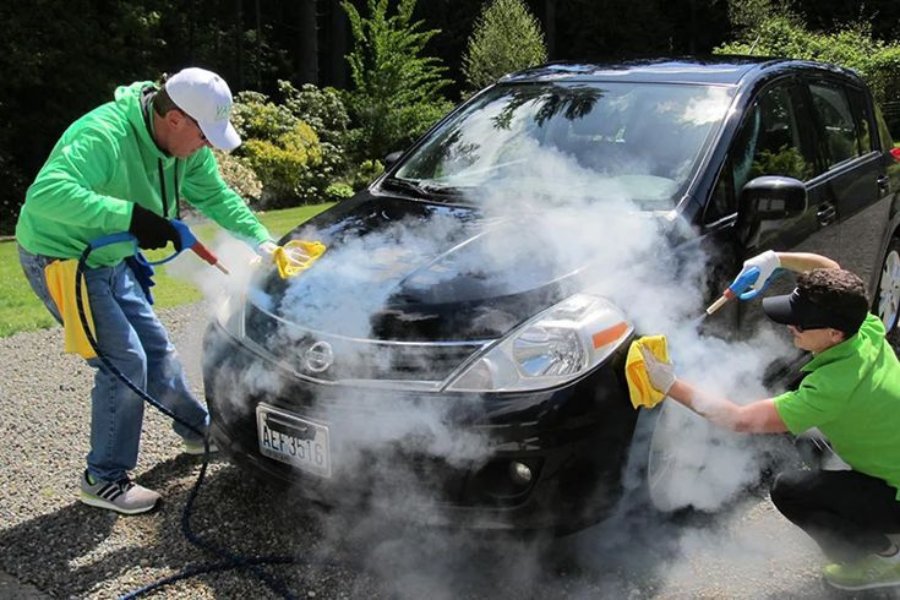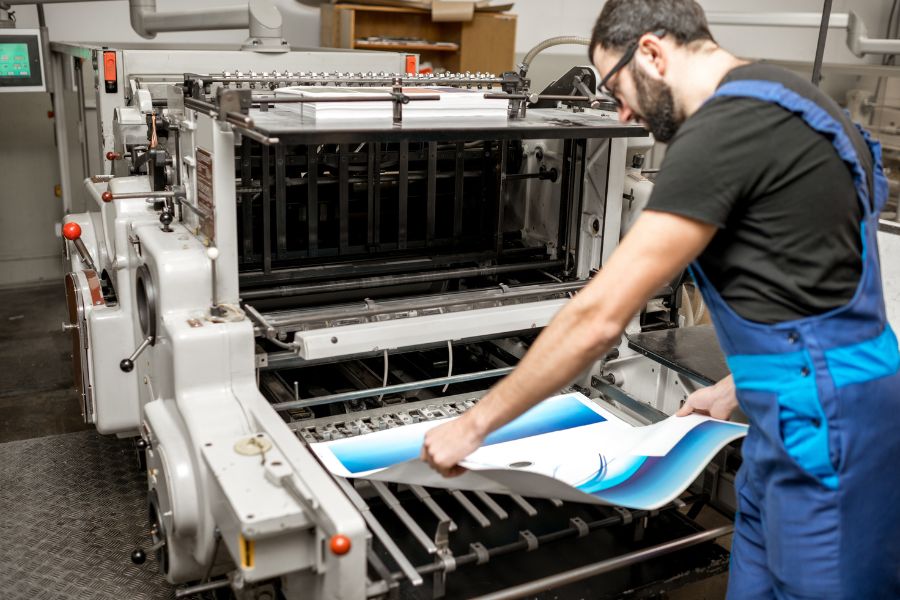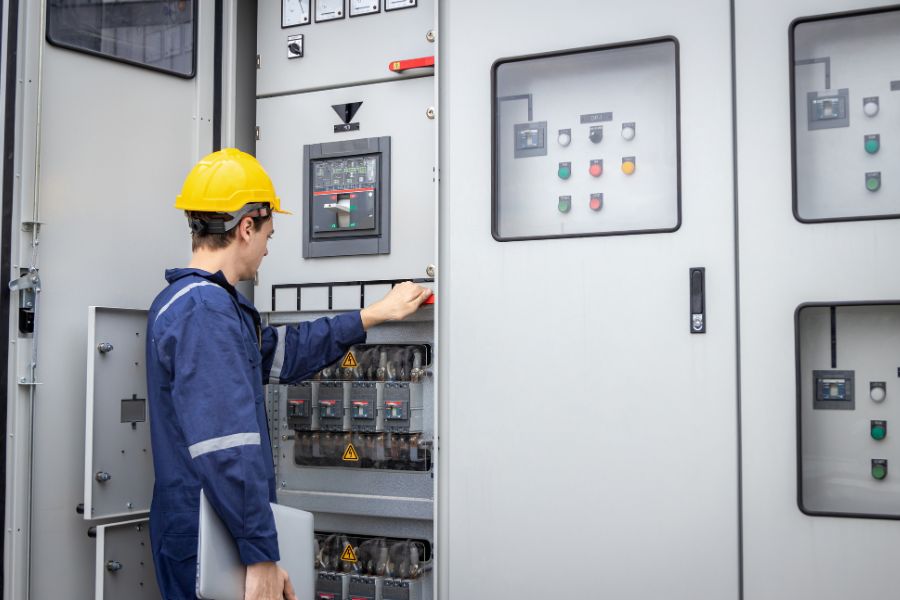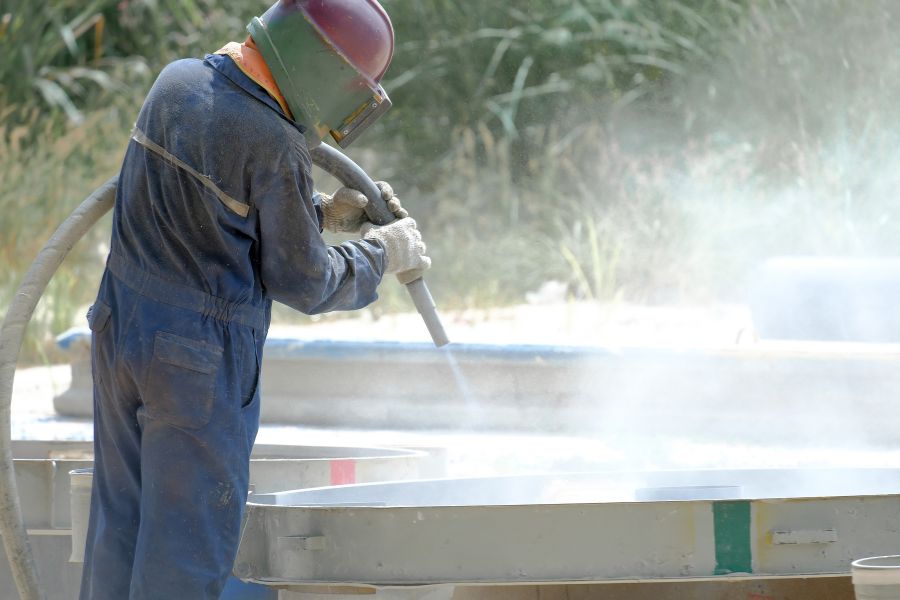Dry ice blasting, a cutting-edge cleaning technology, is widely utilized across various industries due to its effectiveness and environmental benefits. We invite you to explore the diverse fields of application for dry ice blasting to discover how it can revolutionize your cleaning processes and sustainability efforts.

Automotive Industry
In the automotive sector, dry ice blasting is a game-changer for maintaining and restoring vehicles. It effectively removes built-up dirt, grease, and contaminants from engines, undercarriages, and other sensitive areas without causing damage. This method is ideal for cleaning electrical components, preparing surfaces for painting, and restoring classic cars to their former glory.
Aerospace and Aviation
For the aerospace and aviation industries, precision and safety are paramount. Dry ice blasting meets these requirements by thoroughly cleaning components, removing paint, and preparing surfaces for inspection without compromising structural integrity. It’s also used for cleaning landing gear, removing carbon buildup from engines, and general maintenance tasks.


Aerospace and Aviation
For the aerospace and aviation industries, precision and safety are paramount. Dry ice blasting meets these requirements by thoroughly cleaning components, removing paint, and preparing surfaces for inspection without compromising structural integrity. It’s also used for cleaning landing gear, removing carbon buildup from engines, and general maintenance tasks.

Food and Beverage Industry
For the aerospace and aviation industries, precision and safety are paramount. Dry ice blasting meets these requirements by thoroughly cleaning components, removing paint, and preparing surfaces for inspection without compromising structural integrity. It’s also used for cleaning landing gear, removing carbon buildup from engines, and general maintenance tasks.

Food and Beverage Industry
For the aerospace and aviation industries, precision and safety are paramount. Dry ice blasting meets these requirements by thoroughly cleaning components, removing paint, and preparing surfaces for inspection without compromising structural integrity. It’s also used for cleaning landing gear, removing carbon buildup from engines, and general maintenance tasks.
Printing and Packaging
Dry ice blasting helps the printing and packaging industries maintain their equipment by removing ink, grease, and paper residue from printing presses, cutting machines, and conveyors. This cleaning method extends the life of the equipment and improves print quality.


Printing and Packaging
Dry ice blasting helps the printing and packaging industries maintain their equipment by removing ink, grease, and paper residue from printing presses, cutting machines, and conveyors. This cleaning method extends the life of the equipment and improves print quality.

Industrial Equipment Maintenance
For general industrial equipment maintenance, dry ice blasting offers a non-toxic, non-abrasive solution for cleaning machinery, removing production residues, and maintaining facilities. This method minimizes downtime and increases operational efficiency.

Industrial Equipment Maintenance
For general industrial equipment maintenance, dry ice blasting offers a non-toxic, non-abrasive solution for cleaning machinery, removing production residues, and maintaining facilities. This method minimizes downtime and increases operational efficiency.
Electrical and Electronics
In the electrical and electronics industries, the non-conductive nature of dry ice makes it safe for cleaning electrical panels, generators, and circuit boards. It removes contaminants without risking damage to sensitive components.


Electrical and Electronics
In the electrical and electronics industries, the non-conductive nature of dry ice makes it safe for cleaning electrical panels, generators, and circuit boards. It removes contaminants without risking damage to sensitive components.

